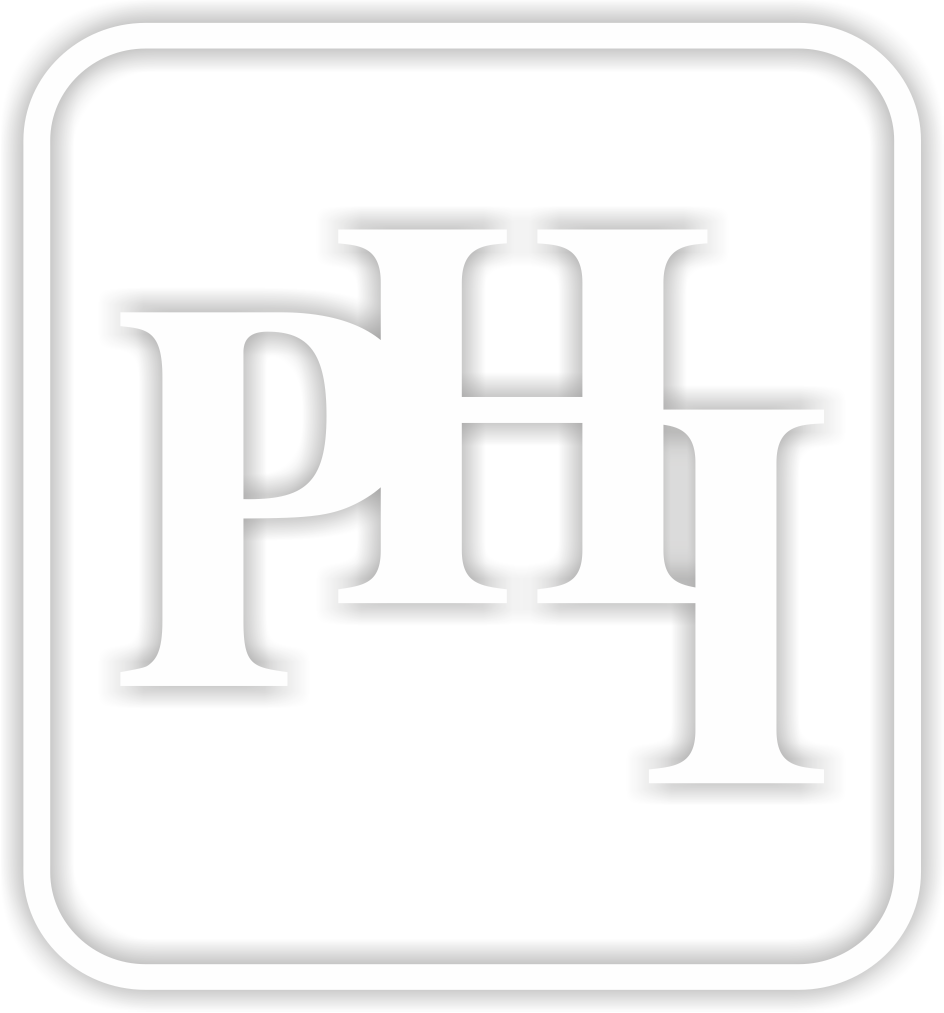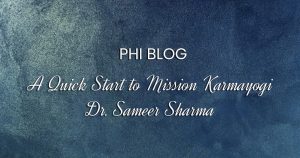Simply, the goal of Mission Karmayogi is to transform civil servants into catalysts of change. The challenge is how to quickly transmute the existing training wherewithal (e.g. course material, physical infrastructure) of different training institutes to fulfill the core principles set out in the mission.
One core guiding principle of Mission Karmayogi is to create an ecosystem of shared training infrastructure, including that of learning materials, institutions, and personnel among training institutes. This requires the unification of capacity-building programmes being organized by training institutes of different services. The means to do this is the Integrated Govt. Online training (iGOT) platform.
The iGOT is conceived as a continuous online training platform, which would allow all civil servants to undergo continuous training, depending on their areas of domain specialization. The structure of the iGOT should be in the form of a hub-and-spoke with the Special Purpose Vehicle (SPV) acting as a hub. The training academies of different services would be the spokes. The hub would provide the best-of-its-kind courses and evolve into a vibrant and world-class marketplace for content, where carefully curated and vetted digital e-learning material would be made available. The hub would also create the content, and organize remotely proctored self-assessments. Some of the key features of services provided by the hub are given below:
- Simple e-learning modules of short duration – not more than of 30 to 45 minutes.
- Use state-of-the-art Moodle Technology to develop modules.
- Create a hierarch of modules – common modules for officers of all services, particular modules for different services, and basic and specialized modules for functional areas.
Another core principle is to provide an opportunity to all civil servants to build their competencies in their self-driven and mandated learning paths. For this, the bespoke approach would be used to impart skills and knowledge. There are two distinguishing characteristics of the bespoke approach – self-learning and self-assessment.
Self-learning allows officers to acquire knowledge and skills at their own pace depending on their position on the learning curve in key areas linked to their job profiles. This takes care of the diversity in knowledge, backgrounds and experience of officers. On the other hand, self-assessment would be done through mock tests and assessment tests. Self-assessment reduces the fear of taking examinations, as well as allows learners to test themselves at a pace they feel comfortable at.
One more core principle is to create and deliver learning content relevant to the identified framework of roles, activities, and competencies of positions in different organizations and services. For this, the flipped classroom method holds much promise.
The first “flip” is to ask learners (officers undergoing training) to assume the role of a teacher and teach practices to peer groups in the classroom. The instructor manages the process as a guide. In this, the passive elements (e.g. lectures) become homework, and active elements (e.g. assignments) become classroom learning. The learner-teachers are evaluated on the “teaching performance – ability to answer questions and think on their feet”. The instructor acts as a student and steers the group to understand which theory works best for what kind of practice. Another flip is that students are graded on the relevance of questions asked, not on the answers given.
For the flipped classrooms, training content would primarily be in the form of accounts of practice (e.g. case studies, narratives, vignettes).
The aim of accounts of experience will not be to provide learners with universal rules and generalizations, but to give insights into processes of decision-making in messy problems involving values, judgment, multiple interpretations, administrators’ particular identities, and personal and group agendas. Learners obtain answers to the question – How did the conventional practices and decision-making come about, and how have these have been modified in response to the social, economic, political and cultural orders?
The accounts of practice would be rich in history or process (contextual).
The depth of contextualizing detail provides the “toolbox” to learners to draw on understandings or ideas developed in another context to the current decision setting, and determine what is unique to a particular time and place, versus what is more general. The deep situational understanding is expected to empower learners to deal with new problems and circumstances.
Some ways of providing a head start to Mission Karmayogi have been spelt out. The proposed roll-out is expected to morph civil servants into change agents who possess “a set of capacities, sensibilities and perspectives that bridge common divide between theory and praxis and also the multiple divides between disciplines and professions that are necessary to decide in uncertain, unstable settings containing value conflicts found in the unique Indian environment”.
(Author has a PhD from USA and a DLitt from Kanchi University. The article is based on his research and practice and views are personal)


Leave a Reply